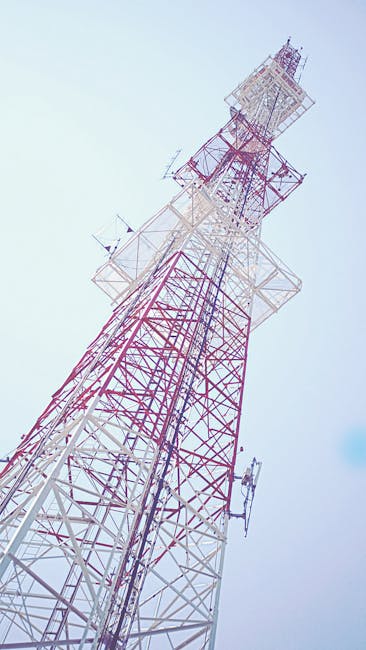 Recognizing Wireless Systems: The Future of Connectivity
Recognizing Wireless Systems: The Future of Connectivity
In today’s fast-paced digital world, wireless systems have actually become an indispensable component of our daily lives. From mobile phones and laptops to wise home devices, the reliance on cordless innovation has actually escalated dramatically over the previous decade. This rapid advancement not only streamlines interaction but likewise boosts the overall customer experience, permitting seamless connections across numerous applications. In this post, we will certainly delve into what wireless systems require, their types, advantages, obstacles, and their future in a quickly advancing technological landscape.
Wireless systems largely involve the transmission of data over a distance using electro-magnetic waves as opposed to wired connections. These systems can be categorized right into a number of kinds, consisting of Wi-Fi, Bluetooth, cellular networks, and satellite interaction. Each type serves a distinct objective and operates on particular frequencies to help with communication. As an example, Wi-Fi networks are generally used for computer network connectivity, while mobile networks allow mobile interaction over vast distances, accommodating millions of users all at once.
The advantages of wireless systems are manifold. First of all, they give unmatched convenience, enabling customers to accessibility details and services from virtually anywhere without being connected to a physical link. This adaptability has led to the surge of mobile computer and the Web of Points (IoT), where day-to-day objects are interconnected, enhancing functionality and customer experience. Furthermore, cordless systems usually lower installment costs and streamline network administration, making them an attractive alternative for businesses and people alike.
Despite their countless advantages, cordless systems additionally deal with obstacles such as safety and security issues and signal interference. The open nature of wireless communication makes it susceptible to unauthorized access and information breaches. As a result, it is essential for users and companies to execute robust protection measures, such as encryption and VPNs, to shield their data. In addition, elements like physical blockages, range, and environmental conditions can lead to signal degradation, influencing the reliability of cordless communications.
Looking in advance, the future of cordless systems appears bright, driven by continuous developments in modern technology. With the rollout of 5G networks, customers can anticipate dramatically faster rates, lower latency, and increased connectivity for an ever-growing variety of devices. This will lead the way for innovations in areas such as independent automobiles, telemedicine, and clever cities, positioning wireless systems as the backbone of the connected globe. As technology continues to develop, so will certainly the abilities of wireless systems, ultimately improving the way we communicate and communicate with our environments.
To conclude, wireless systems are not just a short lived pattern but a fundamental aspect of modern-day connection. Through comprehending their kinds, advantages, and obstacles, people and companies can better value their importance in today’s digital landscape. As we progress towards a much more interconnected future, accepting wireless innovation will certainly be crucial to unlocking brand-new possibilities and boosting our day-to-day lives.
If You Think You Understand , Then This Might Change Your Mind